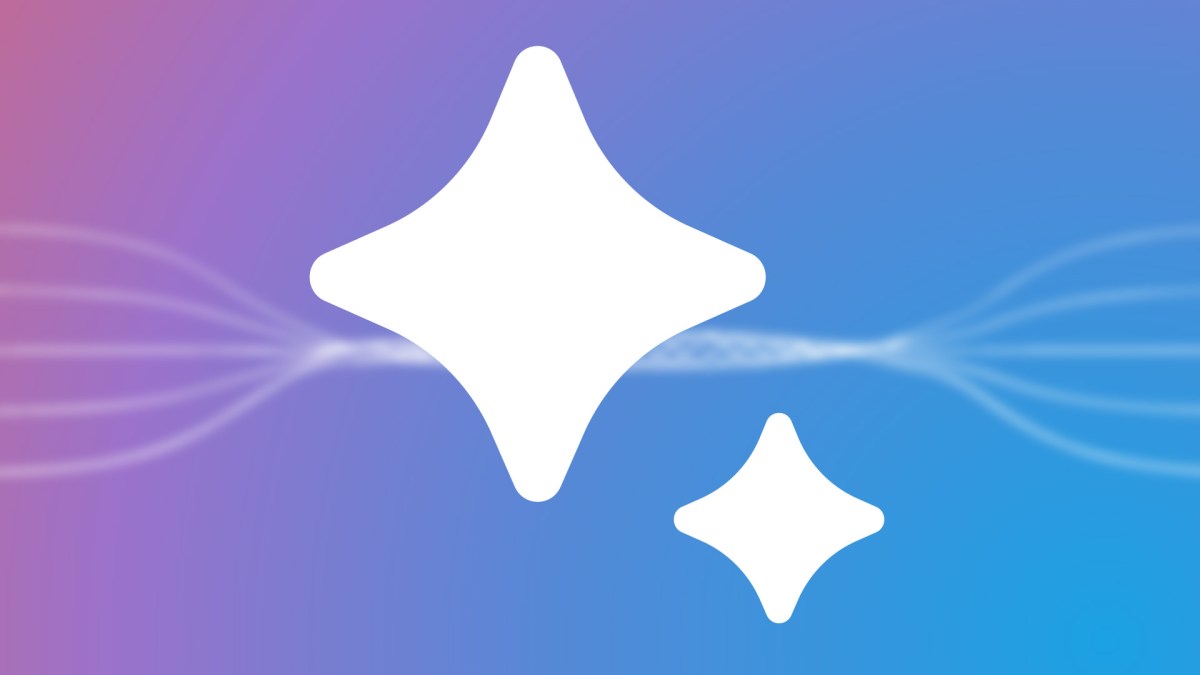Google is making strides with Gemini, a flagship suite of generative AI models, apps, and services. However, our informal review indicates that Gemini excels in some aspects but falls short in others.
So what is Gemini? How can it be used? And how does it compare to the competition? To help you stay updated on the latest Gemini developments, we’ve put together this handy guide, which we’ll keep updated as new Gemini models and features are released.
What is Gemini?
Gemini is Google’s next-gen GenAI model family, developed by Google’s AI research labs DeepMind and Google Research. It comes in three flavors:
- Gemini Ultra: the flagship model
- Gemini Pro: a “lite” model
- Gemini Nano: a smaller “distilled” model for mobile devices
All Gemini models are trained to be “natively multimodal,” meaning they can work with audio, images, videos, codebases, and text in different languages.
Gemini stands out from models like Google’s LaMDA, which is trained exclusively on text data and cannot understand or generate anything other than text.
What’s the difference between the Gemini apps and Gemini models?
Gemini apps are simply an interface through which certain Gemini models can be accessed. The Gemini apps and models are independent from Imagen 2, Google’s text-to-image model available in some of the company’s dev tools and environments.
What can Gemini do?
Because Gemini models are multimodal, they can perform a range of tasks, from transcribing speech to generating artwork. However, not all of these capabilities have reached the product stage yet. Promised capabilities include helping with physics homework, identifying relevant scientific papers, and much more.
Google’s Gemini Ultra, Gemini Pro, and Gemini Nano offer different features and use cases for developers and users. Access to Gemini Ultra through what Google calls Gemini Advanced requires subscribing to the Google One AI Premium Plan, priced at $20 per month.
Is Gemini better than OpenAI’s GPT-4?
Google has touted Gemini’s superiority on benchmarks, claiming that it exceeds current state-of-the-art results on most widely used academic benchmarks. However, early impressions and user feedback indicate mixed results compared to OpenAI’s models.
How much will Gemini cost?
Gemini Pro is currently free to use in the Gemini apps, AI Studio, and Vertex AI. Once Gemini Pro exits preview in Vertex, the model will have a cost associated with it, based on the amount of characters processed and output.
Where can you try Gemini?
Gemini Pro and Ultra are accessible in preview in Vertex AI via an API and in AI Studio. Gemini Nano is on the Pixel 8 Pro and will come to other devices in the future. Developers can sign up for a sneak peek to incorporate Gemini Nano into their Android apps.


